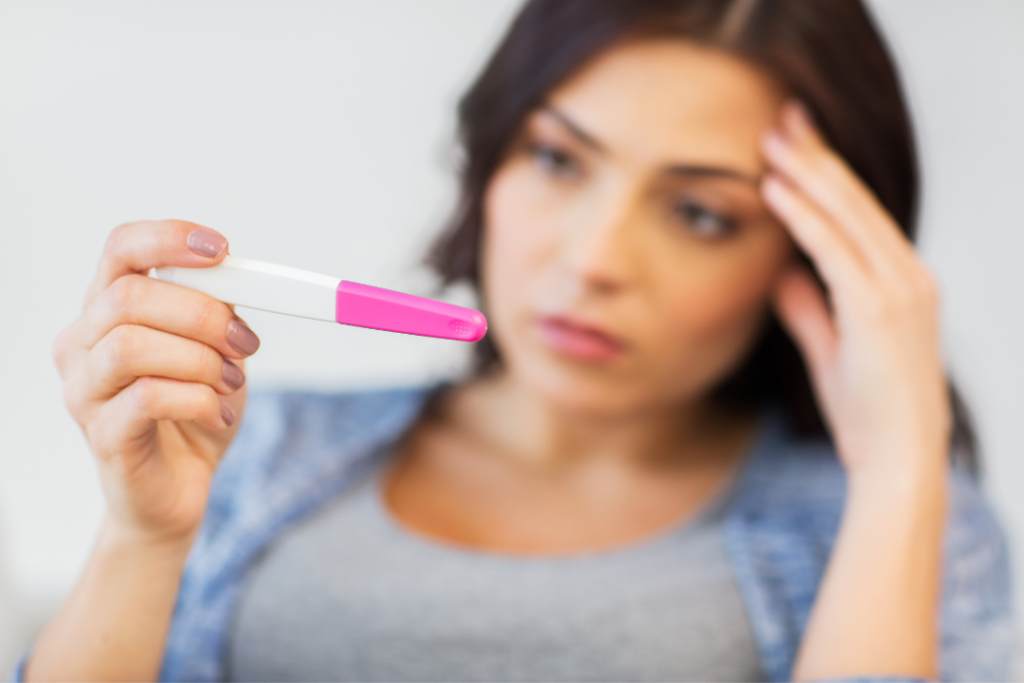Last year Australia’s population fell for the first time in a century when migration stalled in the wake of the pandemic.
But Australia won’t be able to rely on the birth rate to boost its numbers.
A recently released federal Government report has indicated that Australian birth-rates are at an all-time low. Australia’s fertility rates have been in decline for the last decade and in 2020 stood at 1.66 babies per woman. They are projected to drop again to 1.59 in 2021. It might not sound low but experts like family law specialist (University of Queensland), Patrick Parkland, have found that for the population to remain stable we need a fertility rate of 2.1. The overall impact? A steady decline in the population.
Many might argue that a declining population rate, would benefit the environment, and that booming birth rates will drive up carbon emissions and pressure on the environment. But I’m interested in the why, here. If the fertility rate is chalked up to women, why are more women deciding to go child-free and having fewer children than their ideal “family size”?
My name is, Charlotte Dillon, and I’m the General Manager of Community Housing at the YWCA, an intersectional feminist organisation with a focus on housing for women. The key word for me when answering this question is: stability.
An article recently published in the Conversation which analysed 15 years of data, indicated that by the age of 40, Australian men and women desire 1.5 more children than they actually have. Women are also having children at later ages than previous cohorts, and only 30 per cent of Australian men and women report having their desired number of children by age 35. So, it’s not about Australian women (and men) not wanting children, the data indicates that there are other factors affecting this decision.
To me, it comes down to stability – or lack thereof. Since the 1980s, a significant change in home-owning has occurred, as the finance industry became deregulated. Dual income households became the norm, mortgages were easier to attain, and rising interest rates were usually followed by drops in interest rates – expanding the market for investment, and re-gearing the housing paradigm from owner-occupier, to rental. Today, the great Australian dream of purchasing a home, has become increasingly out of reach for the majority of the population and, in particular, young people. And no, it’s not a question of the number of smashed avocado toasties you’ve consumed at brunch, there are broader structural issues at play, and the average income, just doesn’t stack up to the average house price.
For women, the paradigm of home ownership is complicated. Let’s start with the gender pay gap. If we were to use figures calculated by the WGEA, women on average earn about $261.50 less than men per week, and about 14.2 per cent less each year. This pay gap generally begins when women first enter the workforce and doesn’t stop. A combination of factors affects women’s lifetime economic security and makes it likely that over their lifetime women will earn less than men, be less likely to advance their careers as far as men, and accumulate less superannuation and savings than men, and will therefore be more likely to live in poverty in old age and less likely to afford a home.
These gaps are symptoms of broader problems: discrimination (conscious and unconscious bias in hiring and pay decisions), women and men working in different industries (with traditionally female-dominated industries and jobs attracting lower wages), high rates of casual and part-time work for women (which is often a reflection of caring duties, both of children, and other vulnerable people like older relatives, which have only increased through the pandemic), and a lack of workplace flexibility when it comes to those caring roles.
Unpaid caring and domestic work disproportionately falls to women, and this comes to impact our financial and housing stability. The Australian Bureau of Statistics, estimates that there are 116,000 homeless people in Australia at any given time. Women make up over two-thirds of people accessing specialist homelessness services and women over 55 years are now the fastest growing cohort of homeless people in Australia.
When it comes to women, wages, children, work and homelessness – these issues undeniably intersect. The impact of children, means time out of the workforce, for women. And this is not just when taking parental leave. This time out of the workforce spans to Mum’s working part-time so they can collect kids from school, to looking after toddlers, and beyond. Time out of the workforce has serious implications for women’s long-term earning potential and retirement, with women retiring with 47 per cent less super than men.
So, it’s natural when weighing up having children that women consider their own fiscal and domestic stability. And what follows is likely a calculation that more kids, means more time out of the workforce, means less money for a home, equals potential instability for me in the future. And trust me, nobody wants to be homeless.
Women face some of the biggest housing affordability challenges in our community. Poverty, financial inequality and other structural barriers place women at risk of significant housing stress and homelessness. We see this every day in our work. That’s why, I’m so proud of our long history of providing housing and accommodation for women and their families – from emergency housing through to long-term stable accommodation. Access to safe, secure and affordable housing is fundamental in ending inequality for women.
When it comes to sliding birth rates the blame doesn’t lie with women, it lies squarely with gender inequality. The reason the fertility rate is so low in Australia, is because when it comes to work, finance, caring, and home ownership, women are worse off than men, and it’s not getting better.


